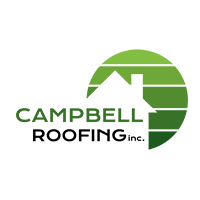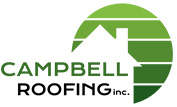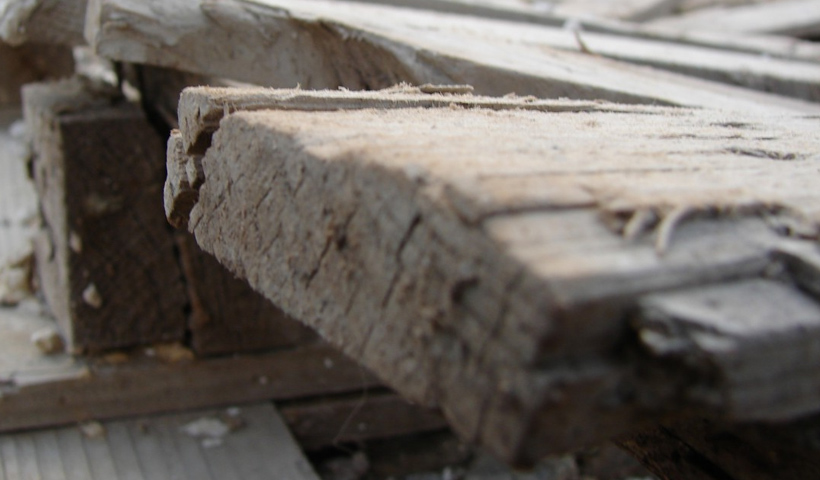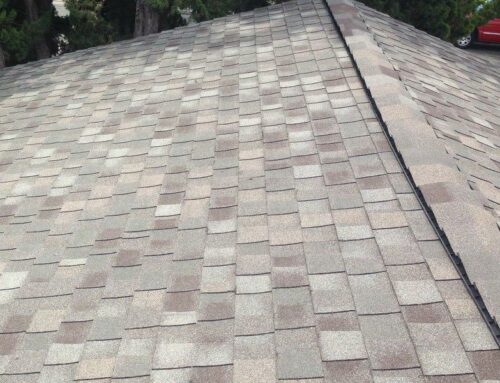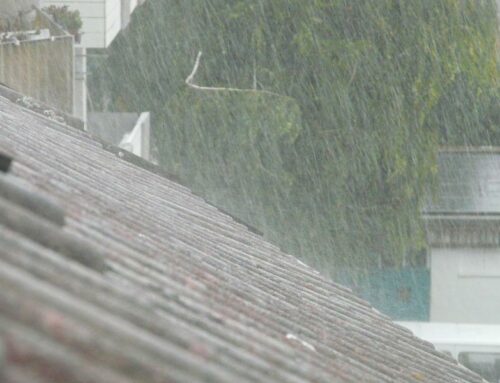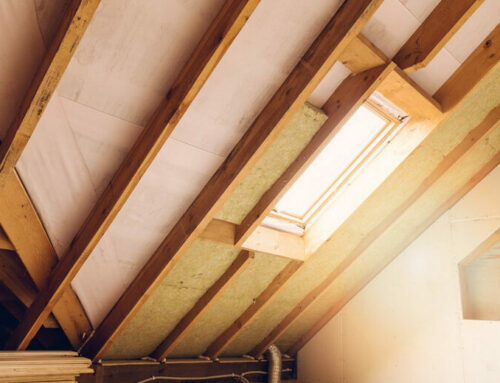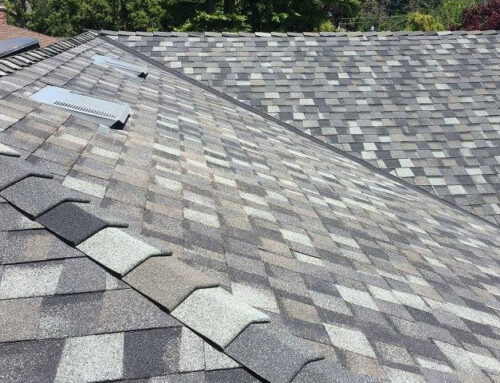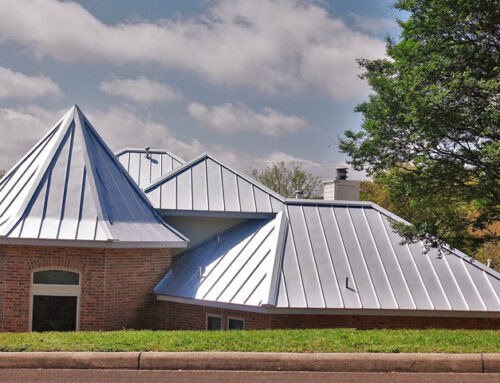Dry rot is caused by a fungus that eats the cellulose in wood even in relatively dry conditions. Yes, your roof can collapse from a dry rot infection. In the end, any wood that has been infected by dry rot turns into a fine powder, with the cellulose completely eaten away. When this happens to structural wood in your roof or home, either can collapse. Here is what you need to know about the risk of collapse from dry rot.
The Stages of Dry Rot Infection
It is useful to know the stages of dry rot infection and understand how the wood may look as it approaches collapse. Initially, the spores for the dry rot fungus may not be visible to the naked eye. A build-up of the spores may look like brown or orange dust or tiny flakes of rust. But they are usually only visible when the fungus has grown significantly and is attempting to spread.
When the spores have taken hold in the wood, it will begin to look dried out. You may see hyphae, a branching structure of fungus which may look white or brown. Hyphae will mostly grow inside of the wood but can be visible on the outside as well.
As the infection progresses, the wood will begin to look like cubes. Each section will appear very dried out. If there is enough of your structural wood infected with the fungi at this stage, roof collapse can happen right here. In addition, the hyphae of the fungus may collect into mycelium, which looks essentially like a growth of mushrooms. The specific look will depend on the type of fungi you have. Either way though, these fruits are meant to create spores and spread the fungus, so it is important to intervene before this.
As the fungi grow, it will completely dry out the wood it infected. Eventually, the wood will collapse into a powder. At this stage, anything that is supported by this wood will be in peril unless the other wood supporting it is uninfected.
Attempts to Stop Dry Rot
What should you do in order to stop dry rot? To avoid the spread of the fungi and keep your roof intact, the only thing to do is to completely cut out and replace any wood that is infected. Ideally, your roof would do this well before the rust-like spores appear, which very easily spread to more wood.
If you suspect that your roof has dry rot, it is important to get it looked at right away and to get the infected wood removed. Dry rot also usually requires follow-up appointments to keep removing infected wood before it can, in turn, infect even more of your home.
Also, despite its name, dry rot is usually quickened along by some kind of roof leak, usually a minor one. It is important for your roofer to find a fix this leak too. While doing so will not stop the dry rot in its tracks, it will prevent new dry rot infections in the future.
